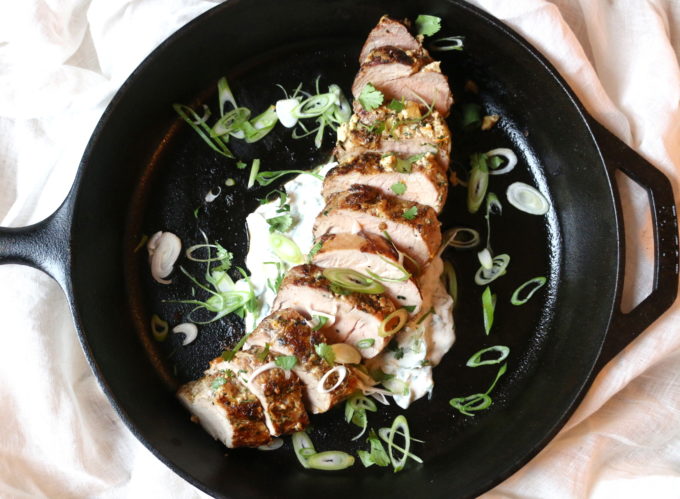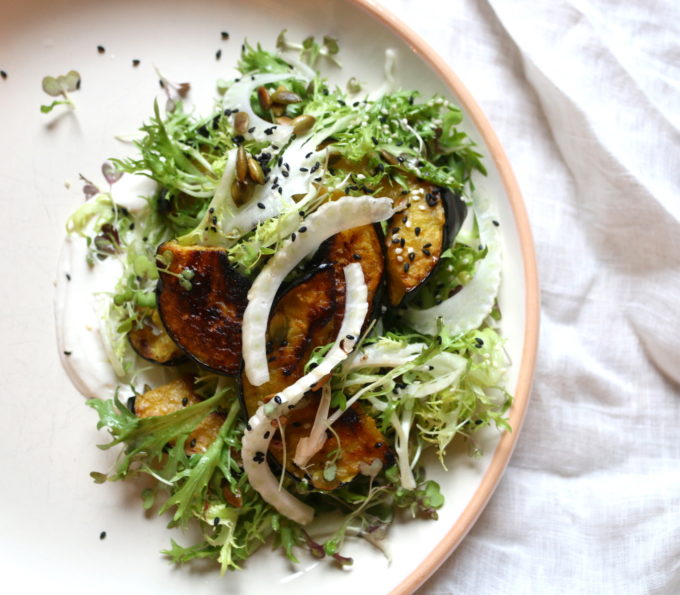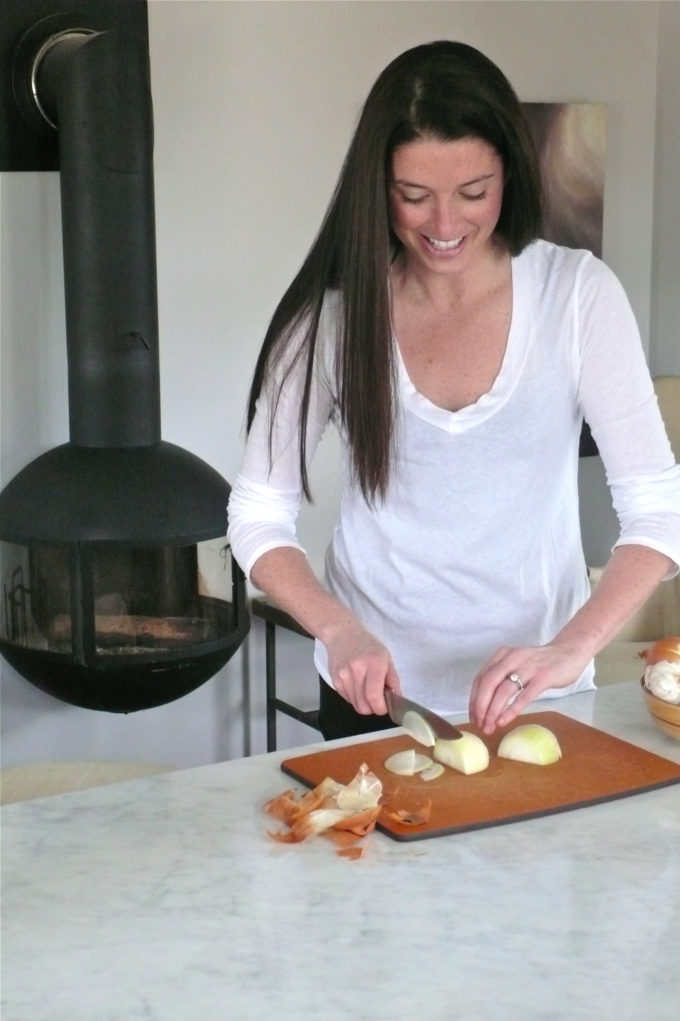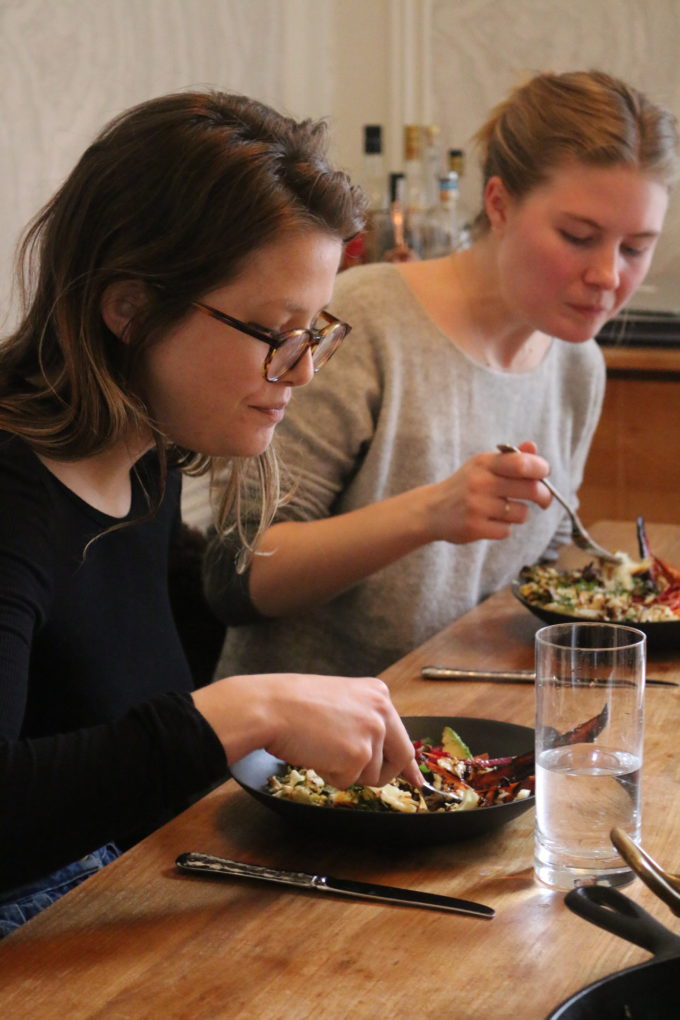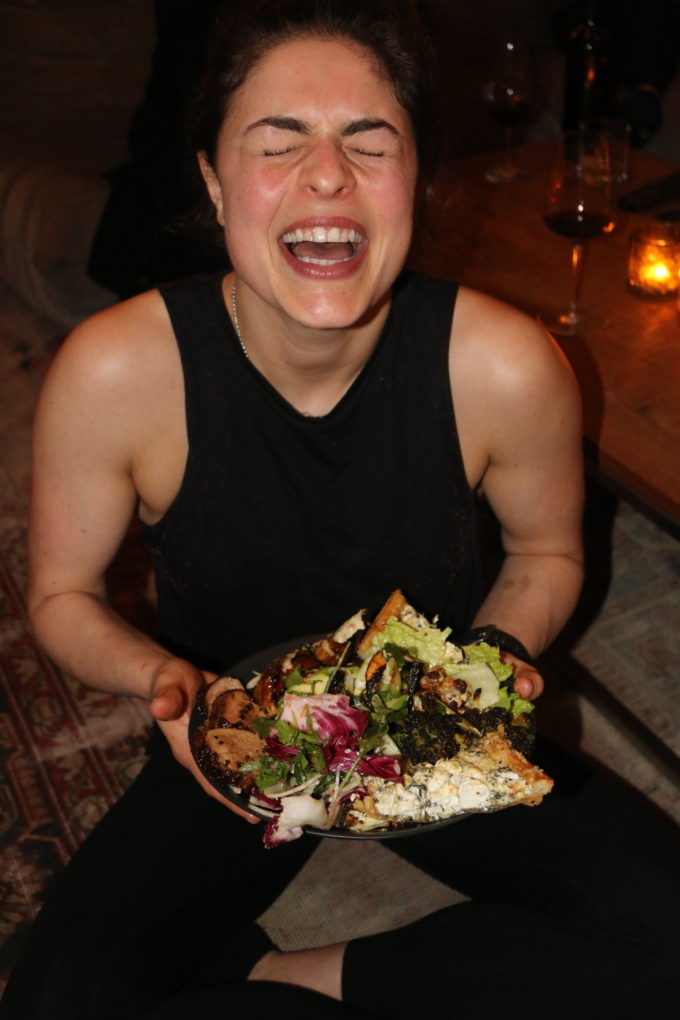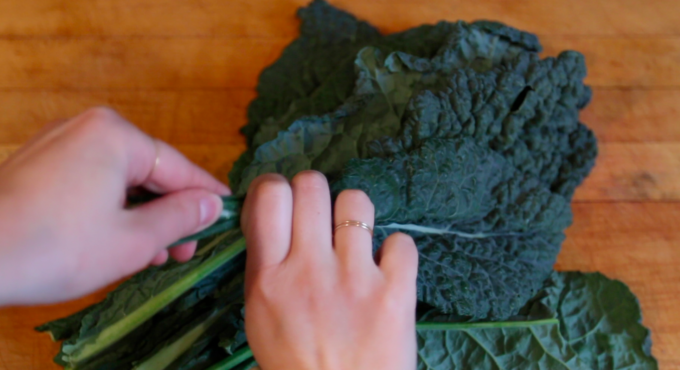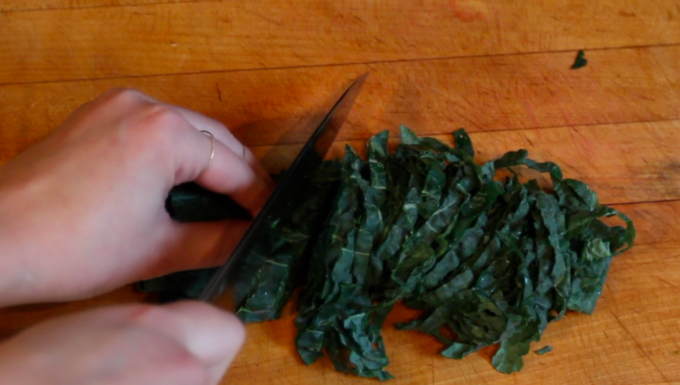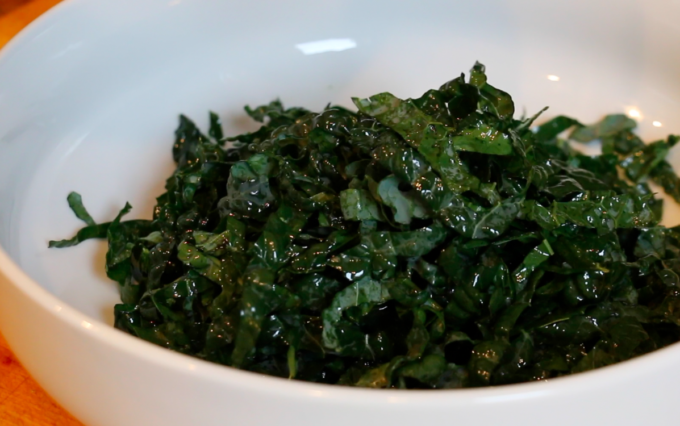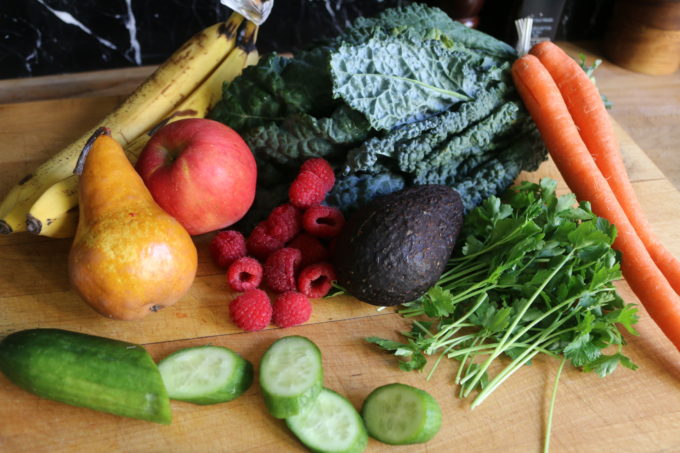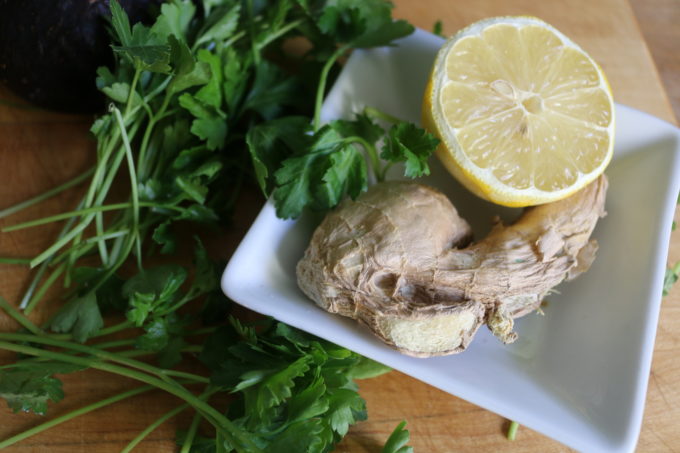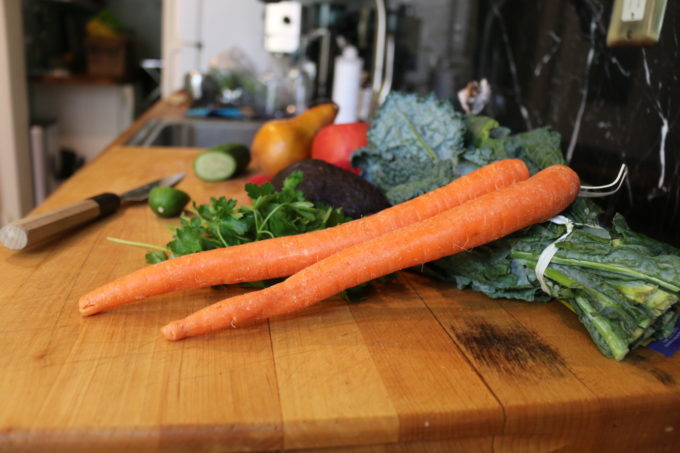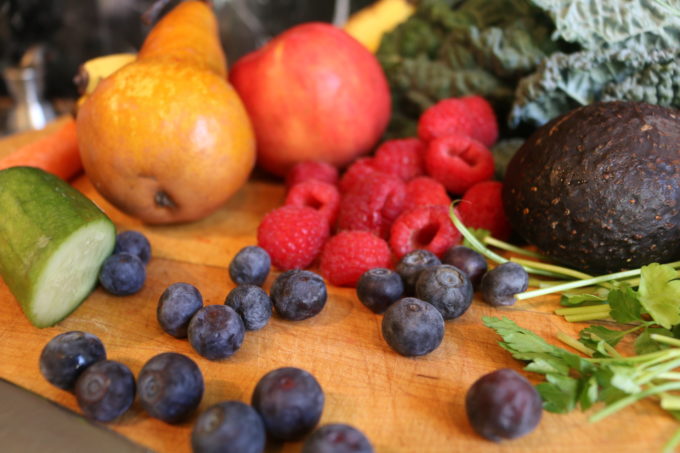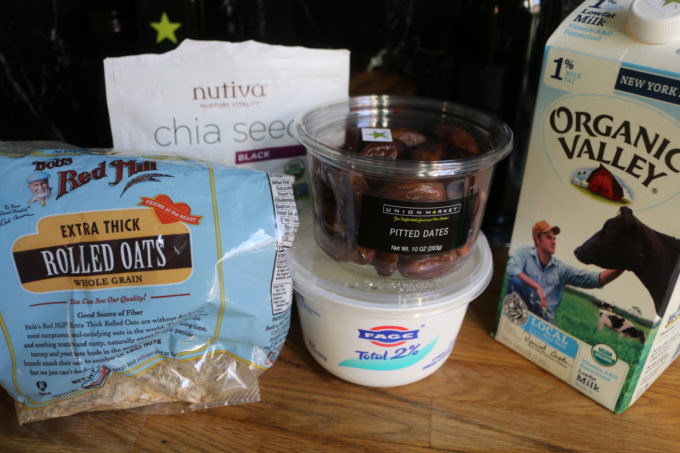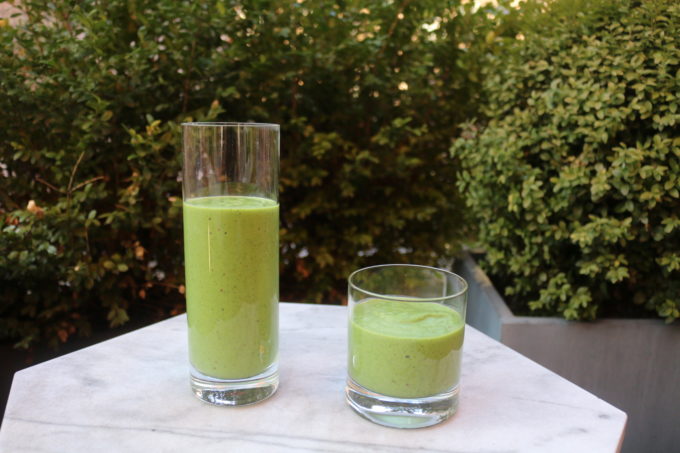It’s finally happening! SPRING! The last few weeks we’ve begun incorporating first of the season produce into our menus: asparagus, sugar snaps, English peas, an overwhelming variety of lettuces and more. Until this week, the farmer’s markets boasted nothing more than storage veggies like apples, potatoes and beets.

Normally we aim for the meals we create to be as colorful as possible but this time of year I don’t mind when we highlight green, green and more green. And although roasting is usually my favorite cooking method, the delicate flavors of spring produce benefit most from just quick blanch or sauté if anything at all. Let me share a few of the things we made this week. Hopefully some of these ideas will inspire you to hit your farmer’s market and then the kitchen:
- BYO Super Green Spring Bowls
- We made a big bowl of farro or quinoa then put the following toppings out for our little and big clients to build themselves: greens, blanched English peas and snow peas, pan roasted asparagus, avocado, cucumber, radish, fresh basil/mint/scallions, crumbled goat cheese, toasted almonds, herby yogurt vinaigrette, and a protein (roasted pork tenderloin or chicken, or poached eggs depending on the client)

- Sugar Snap Pea, Radish and Boston Lettuce Salad
- Blanch the sugar snaps, quarter the radish, add in a few crisp inner leaves of Boston lettuce and then finish with whatever finishing touches you’d like. Sliced avocado, fresh mint, shaved parmesan or crumbled goat cheese, thinly sliced shallot and toasted almonds are some of my favorites. And a lemon vinaigrette with a touch of Dijon marries it all together.
- Blanched, Broiled or Grilled Asparagus with Egg and Fried Garlic
- Cook your asparagus however you’d like, then top it was a few grated or minced hard-boiled eggs or a poached egg plus thinly sliced garlic fried in olive oil until crisp. A little lemon juice and generous shower of Maldon Salt and you’re done! Another classic combo is blanched asparagus with a zingy gremolata (fresh herbs, minced garlic, toasted nuts and citrus zest all chopped up together).
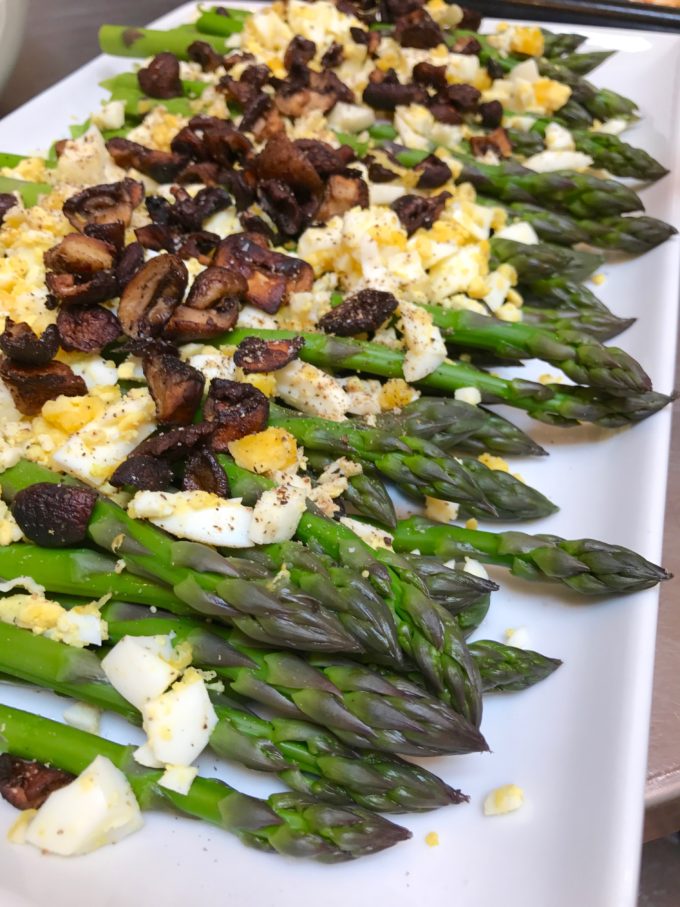
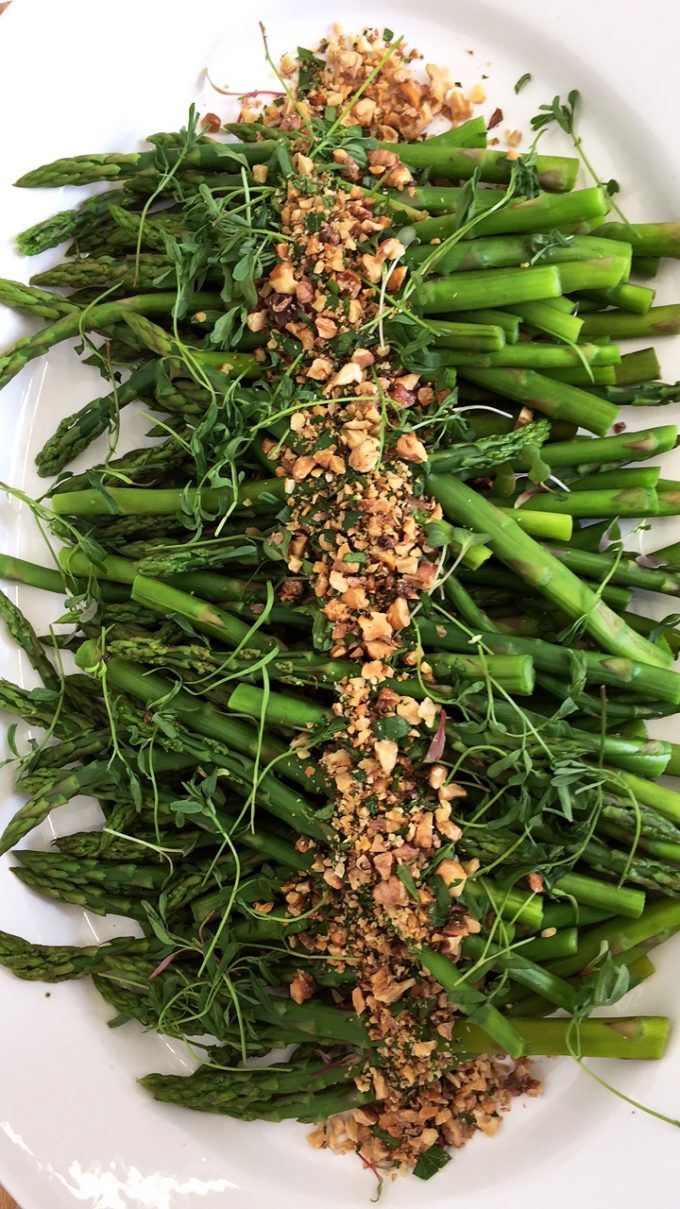
- Mixed Spring Peas with Burrata and Basil
- Blanched sugar snaps, shelled English peas and snow peas, topped with burrata, drizzled with the best olive oil and showered with torn basil. Simplicity at its best.
- Spring Panzanella
- Blanched spring veggies, torn basil and mint, homemade torn croutons all tossed with a lemony, garlicky vinaigrette.
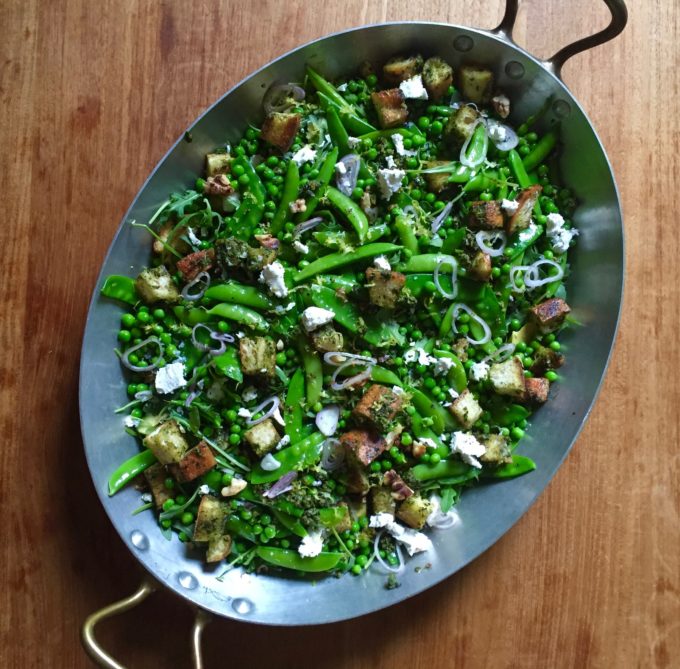
If you have a favorite dish highlighting spring’s bounty, please share it below. We’re always on the hunt for new inspiration.
With love, xo Laura
